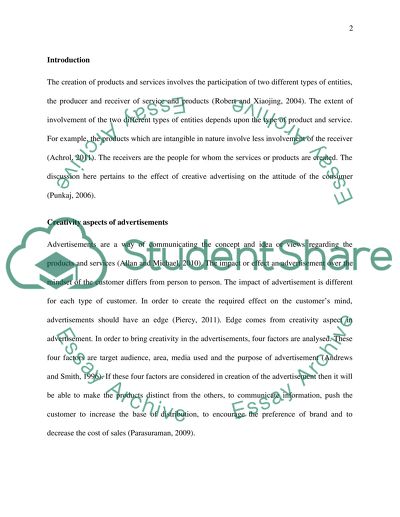Cite this document
(“The Impact of Creative Advertising on Consumer's Attitudes towards Literature review”, n.d.)
Retrieved from https://studentshare.org/marketing/1483446-the-impact-of-creative-advertising-on-consumers-attitudes-towards-high-and-low-involvement-products
Retrieved from https://studentshare.org/marketing/1483446-the-impact-of-creative-advertising-on-consumers-attitudes-towards-high-and-low-involvement-products
(The Impact of Creative Advertising on Consumer'S Attitudes towards Literature Review)
https://studentshare.org/marketing/1483446-the-impact-of-creative-advertising-on-consumers-attitudes-towards-high-and-low-involvement-products.
https://studentshare.org/marketing/1483446-the-impact-of-creative-advertising-on-consumers-attitudes-towards-high-and-low-involvement-products.
“The Impact of Creative Advertising on Consumer'S Attitudes towards Literature Review”, n.d. https://studentshare.org/marketing/1483446-the-impact-of-creative-advertising-on-consumers-attitudes-towards-high-and-low-involvement-products.


